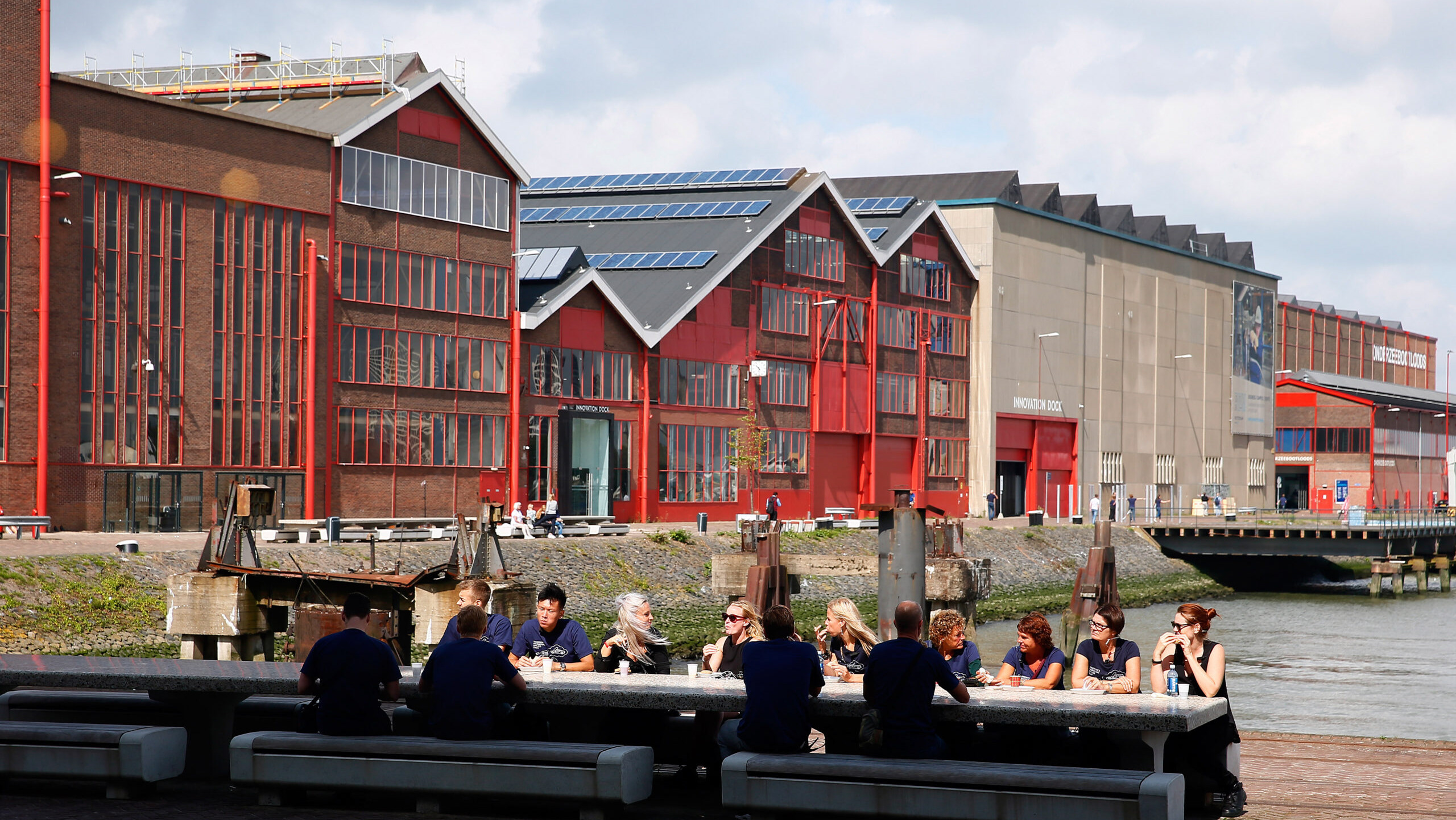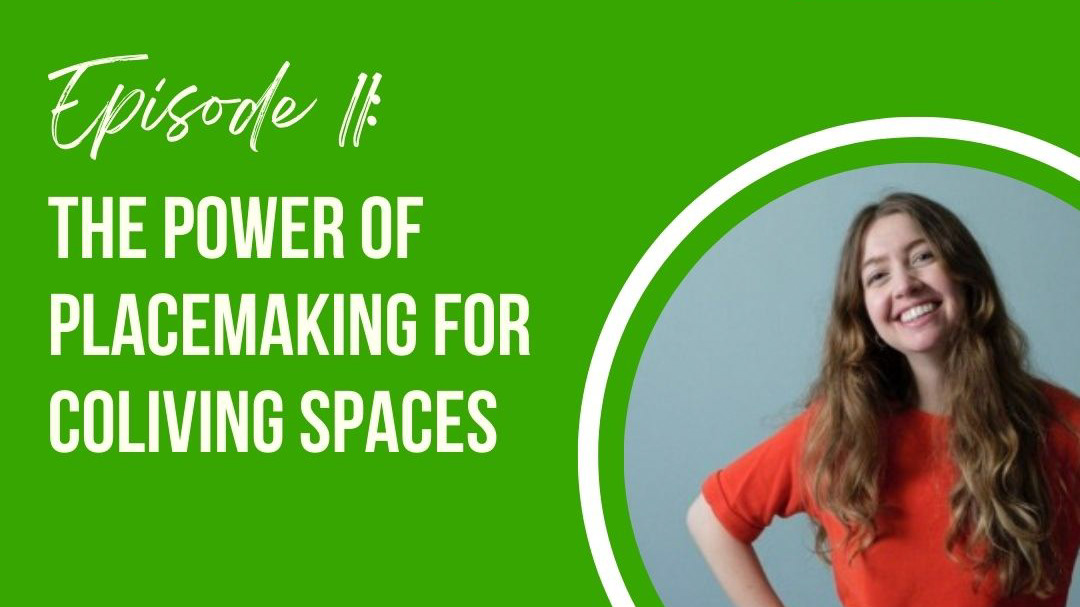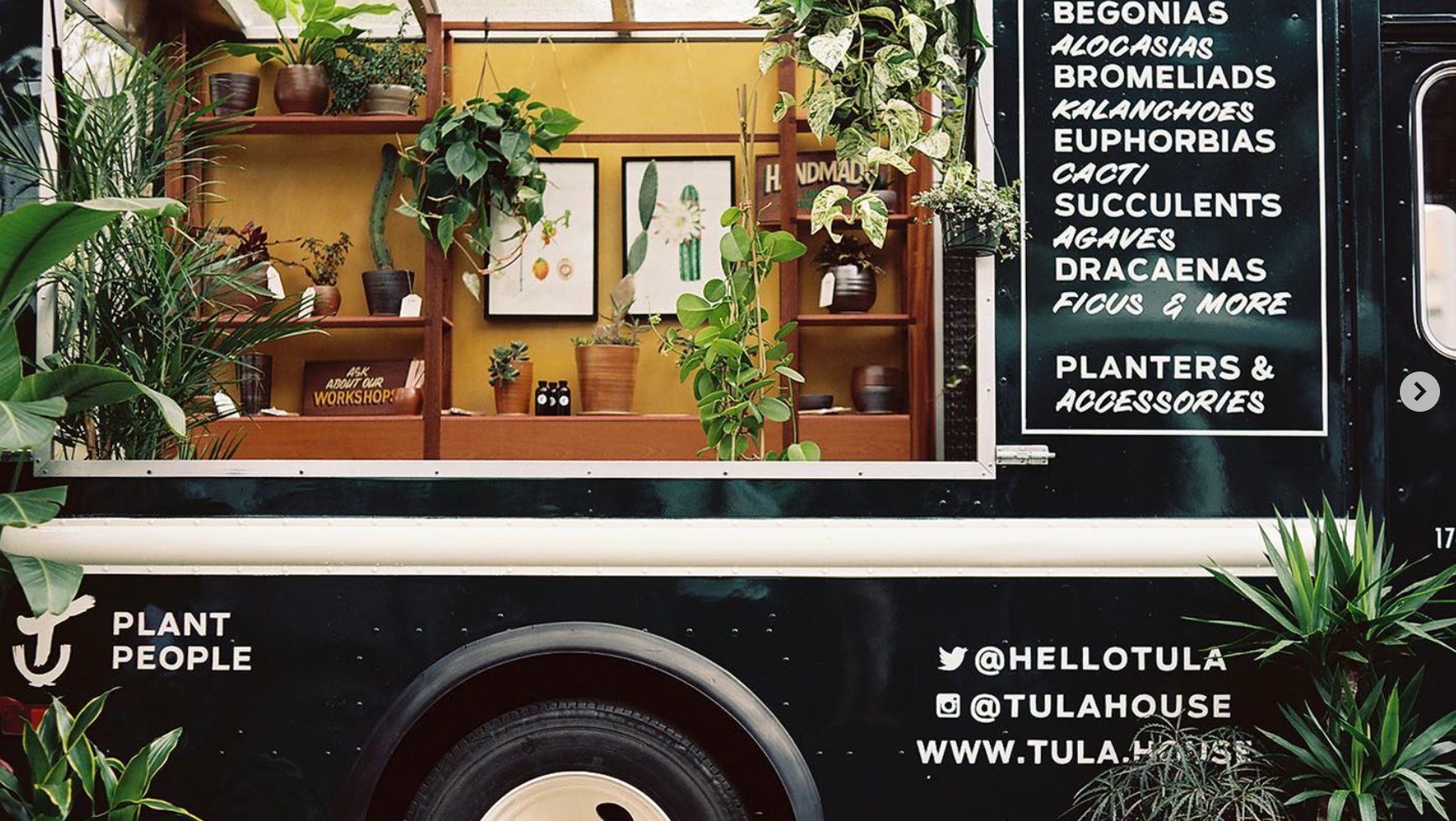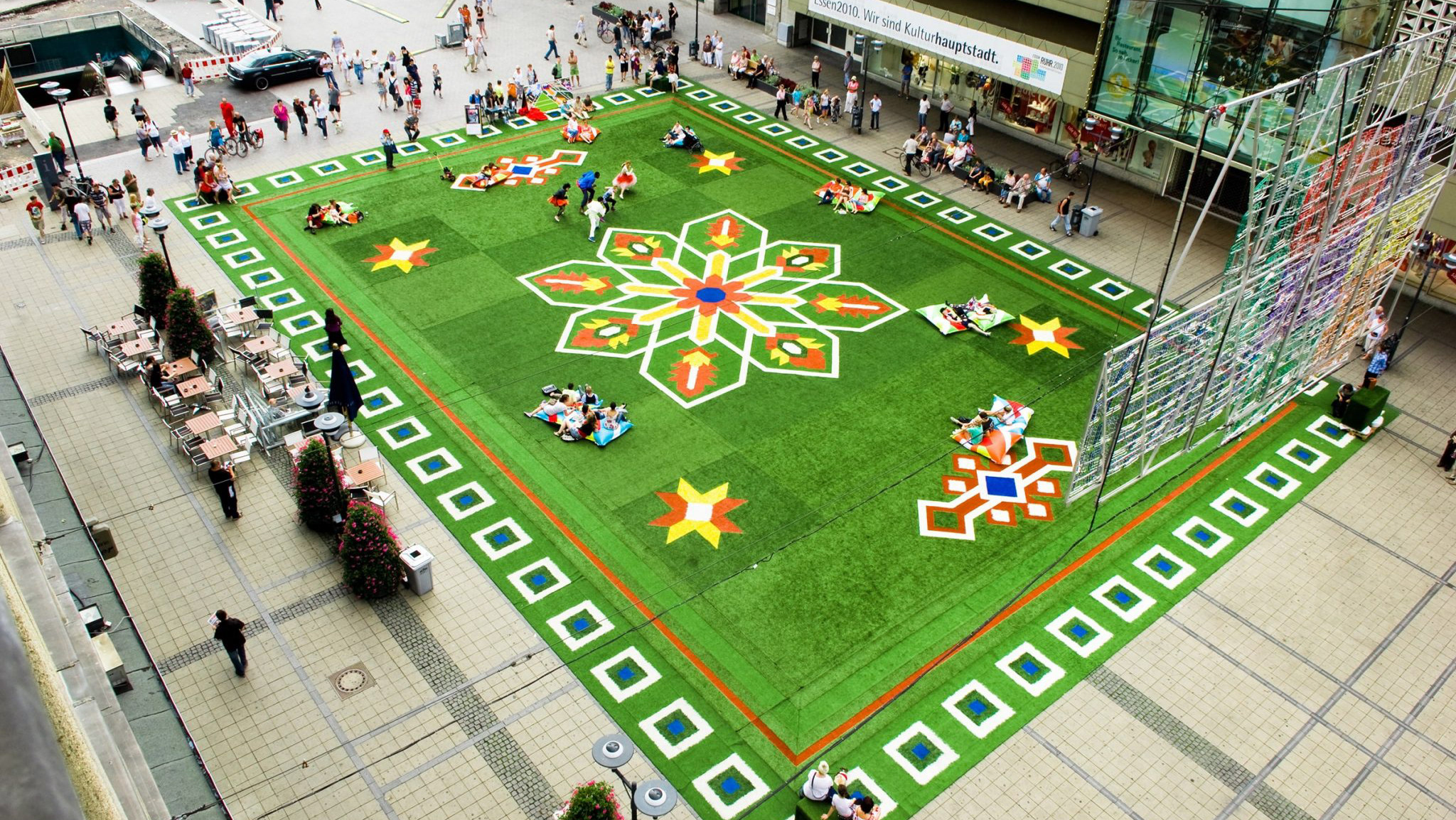How can Coliving Influence Our Cities?
Originally published on URBCAST – A podcast about cities (2022).
Interview by Marcin Wojciech Żebrowski.
Interview by Marcin Wojciech Żebrowski.
Podcast Summary:
Kristen Zupancic's interest in coliving sprouted from her love for slow travel, alternative accommodation and connecting with others. Through her own research in 2015, she uncovered the wonderful world of coliving by seeking out shared experiences in cool locations. Throughout the years, her interest in coliving expanded into her profession. She works as a consultant for shared spaces and is currently running operations at Co-Liv, the global non-profit organization, ecosystem, and do-tank whose mission is to connect, empower and educate the coliving industry worldwide.
Co-Liv is a network of coliving professionals including founders, operators, real estate investors, developers, designers, architects, urban planners, policymakers and co-livers who are dedicated to making the world a better place through shared living. The network is built on four main pillars: Events, Research, Community and Training.
Co-Liv is a network of coliving professionals including founders, operators, real estate investors, developers, designers, architects, urban planners, policymakers and co-livers who are dedicated to making the world a better place through shared living. The network is built on four main pillars: Events, Research, Community and Training.
Many people are still trying to figure out what coliving actually is and the definition of coliving is often blurred. Co-Liv's definition of coliving is: a freely chosen primary residence form of living that accommodates three or more biologically unrelated people. Forced shared accommodations like prisons or hospitals, are not coliving spaces. Short-term stays like hostels, hotels or campsites are not coliving spaces. The design of coliving spaces takes on many shapes and sizes, but almost all are centred around the idea of sharing and balancing private/public spaces under one roof.
Kristen says that co-lving is not for everyone, but even if you're not the ' coliving type' it can still be considered an ideal temporary solution for anyone who is moving to a new city and doesn't know anyone there. Why? You are integrated with an immediate community of like-minded people, can easily connect with local surroundings and all furnishings are often included - making the transition very easy.
Cohousing and coliving are often used interchangeably. Kristen simplifies the difference by explaining that cohousing includes multiple households that are living in separate dwellings but are sharing common resources (like a garden, barbeque or tool shed). In coliving spaces, many residents are often singles or partners who - other than their bedroom - share common spaces that are necessary on a daily basis (like a kitchen or living room) under one roof. Coliving is the next level of cohousing.
Coliving addresses many societal challenges, including loneliness, shortage of space and housing in cities, etc. It supports a positive form of shared living lifestyle that can benefit individuals, communities, neighbourhoods, cities and beyond. Kristen sees a lot of potential on the design side of coliving and challenges designers to think about how coliving spaces can be designed for interaction and connection with others, while also offering the option to retreat or disconnect from others if they prefer. Coliving spaces are a great playground for experimenting with designs for human interactions and shifting the boundaries between private and public spaces.
Community plays a key role in successful coliving spaces, and this can be achieved in different sized coliving developments. In larger co-living communities, clusters begin to naturally form (often based on room floor) and residents can still benefit from the sense of having a small, close-knit community, even if there are 400 residents in one building. The collaboration between developers and operators is key for project success from a building perspective to the user experience level. Furthermore, the development of coliving spaces into already existing neighbourhoods and communities can bring on many challenges if the integration strategy is not clearly thought-out and inclusive of its surroundings.
Enthusiastically, Kristen shares her interest in expanding the communal vibes of coliving, beyond the building and into the surrounding neighbourhood. She started Plot Twist Placemaking to help activate spaces for well-being, flexibility and transformational experiences. Her focus is on shared spaces including coliving, coworking, student housing and public spaces. The plot twist is the unexpected - the refreshment - the charm - the potential in bringing under-utilized spaces to life.
She says that the sweet spot lies in the crossover between coliving and placemaking. From her research in the realms of both coliving and urban innovation, she sees untapped potential in the crossover between real estate and its surrounding public spaces. Placemaking activations are often temporary, but the same ideas can be applied to place-led development, which is a more long-term solution. Not only can placemaking and place-led developments bring different groups of people together, but it is essential for creating a sense of community outside the building itself, integrating with the neighbourhood, and ultimately bringing social value to the surrounding environment.
Kristen is fascinated by the social value that place-led development can bring to all stakeholders in a neighbourhood. From the greenery in the park to a new coliving development down the street, to the old man that has been living in the same neighbourhood for 60 years - there is a lot of potential here to explore deeper and build best practices to ultimately contribute to a better place to live for all. If you are interested in this topic, Kristen welcomes the idea of chatting more about it with the Urbcast listeners.
You can contact Kristen directly at kristen@plottwistplacemaking.com
Here are some coliving resources that you might find useful:
The Art of Coliving
Book on how to build and scale a coliving project:
https://www.artof.co/art-of-coliving-book
https://www.artof.co/art-of-coliving-book
Coliving Insights
Magazine series highlighting different themes in coliving:
https://www.colivinginsights.com/
https://www.colivinginsights.com/
Coliving Resources
Quarterly index of coliving news and resources:
https://www.colivingresources.com/
https://www.colivingresources.com/
Conscious Coliving
Great research team providing insights into coliving with a sustainable twist:
https://www.consciouscoliving.com/coliving-research/
https://www.consciouscoliving.com/coliving-research/
Here are some place-led development resources that you might be interested in too:
(including the one mentioned on Urbcast)
(including the one mentioned on Urbcast)
Creating Vibrant Communities & Human-Scaled Areas
A handy resource for executing place-led development:
https://placemaking-europe.eu/wp-content/uploads/listing-uploads/file/2020/04/Place-Led-Development-Brochure.pdf
https://placemaking-europe.eu/wp-content/uploads/listing-uploads/file/2020/04/Place-Led-Development-Brochure.pdf
Placemaking and Place-led Development
An article examining place-led solutions:
https://www.pps.org/article/placemaking-and-place-led-development-a-new-paradigm-for-cities-of-the-future
https://www.pps.org/article/placemaking-and-place-led-development-a-new-paradigm-for-cities-of-the-future
Developing Our Cities Around Community and Place
An introduction to place-led development:
https://thecityateyelevel.com/stories/introduction-place-led-development-developing-our-cities-around-community-and-place/
https://thecityateyelevel.com/stories/introduction-place-led-development-developing-our-cities-around-community-and-place/












